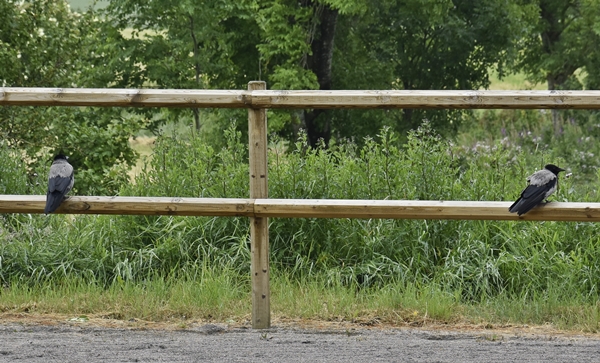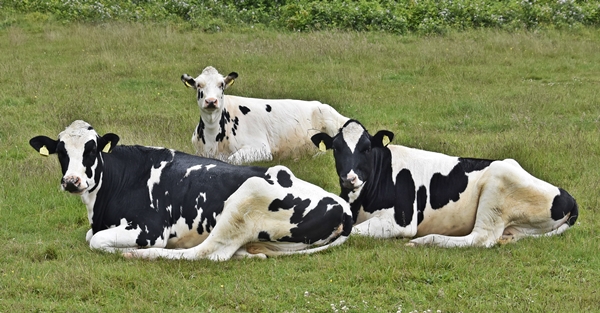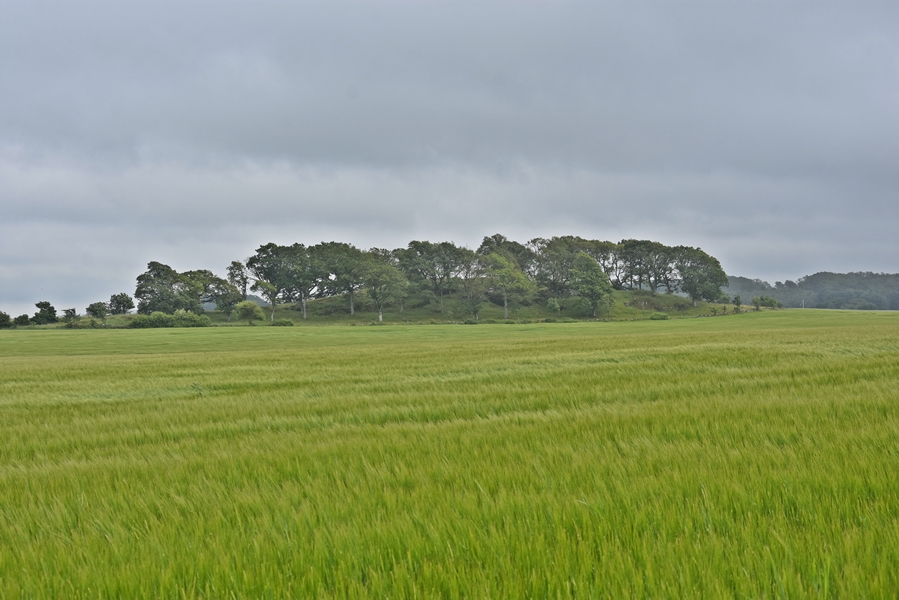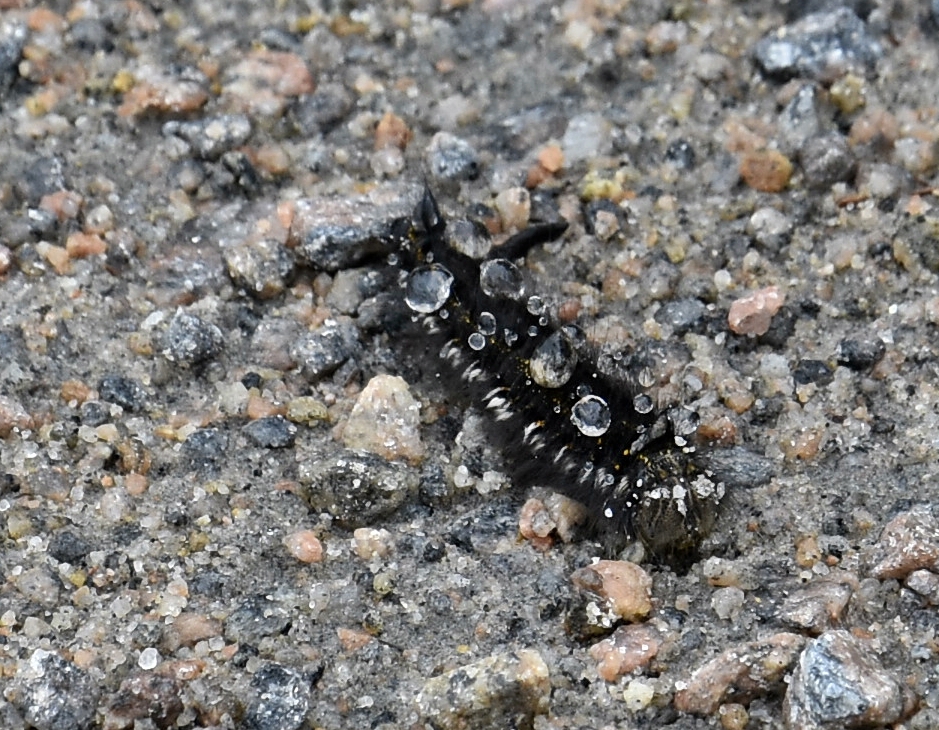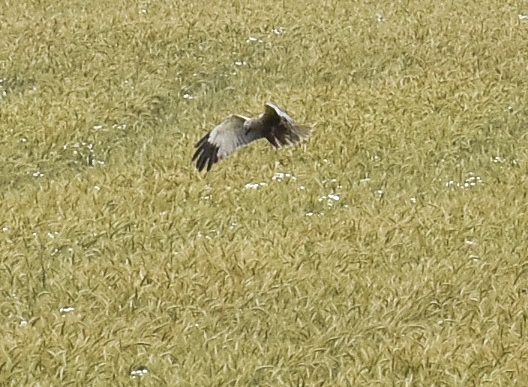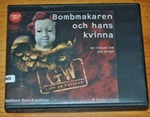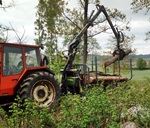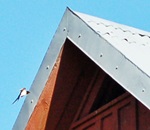Myositis ossificans?
För ungefär två månader sen åkte jag på en rejäl muskelbristning i framsidan på det vänstra låret. Det som hände var att Sigge drog iväg på ett djur när jag håll i kopplet men var upptagen med nåt annat. Jag sprang med några steg innan jag fick balans och slog på bromsen. När jag gjorde det så small det till i framsidan på vänsterlåret och jag kände en intensiv smärta. Jag hade sen 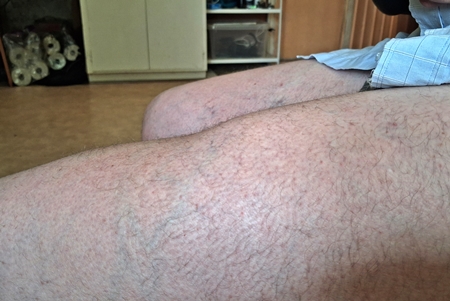 ont i låret, och kunde inte belasta det, i flera veckor innan smärtan började avta. Förra veckan började jag dock känna smärta och svaghet i låret igen och när jag sen kände på låret så märkte jag att där fanns en stor knöl inne i muskeln – och knölen var väldigt hård. Tanken är att ni på fotot nedan ska se knölen och svackan som finns jämte den.
ont i låret, och kunde inte belasta det, i flera veckor innan smärtan började avta. Förra veckan började jag dock känna smärta och svaghet i låret igen och när jag sen kände på låret så märkte jag att där fanns en stor knöl inne i muskeln – och knölen var väldigt hård. Tanken är att ni på fotot nedan ska se knölen och svackan som finns jämte den.
Jag har bokat tid på vårdcentralen på torsdag och inför det besöket har jag googlat lite – möjligen har jag fått: Myositis ossificans, d.v.s. att det bildats benvävnad inne i muskeln. Se beskrivning nedan….
“Myositis ossificans is a condition stemming from an injury that can occur in many types of sports. In this condition, bone tissue forms within a muscle. When a bruise (contusion), repetitive trauma, or strain occurs to a muscle, myositis ossificans can develop. However, myositis ossificans only occurs in 9-17% of muscle bruises. It is most common in the thigh muscles, which include the hamstrings and quadriceps, the muscles in the back and front of the thigh, respectively.
Myositis ossificans can also occur in other muscles. Bony tissue formation can occur 2-4 weeks after the muscle injury or bruise. The athlete will often complain of pain in the muscle associated with exercise. Range of motion and strength of the limb may be compromised. A hard bump may also be felt in the muscle.
Causes
When a muscle is injured or bruised, bony tissue can be deposited into the bruise during the healing process. While the exact cause of this reaction is unknown, athletes who subject the area to repetitive trauma before it is able to fully heal are more likely to have calcification and bony formation in the injured muscle. Additionally, not taking measures to reduce inflammation in the muscle after the initial injury also leads to in an increased risk of developing myositis ossificans. Calcification typically occurs 2-4 weeks after the initial muscle injury and the bone fully matures by 3-6 months.
Symptoms
Persistent pain in previously injured muscle. While muscles can take months to get back to full strength following a strain or a bruise, typically, after 2-3 weeks there should be continued improvement in pain and performance. If pain, range of motion, and strength have not begun to improve or get worse at a month after the injury, the cause could be myositis ossificans. In addition to pain, swelling or a hard bump are signs of myositis ossificans.”
Äldsta sonen ska ut och tågluffa så i förmiddags lämnade jag honom vid stationen. Han ska tillbringa en natt hos flickvännen i Lund innan det i morgon bär av mot Berlin. När det begav sig tågluffade jag en hel del och har bara positiva minnen ifrån det men jag måste erkänna att jag inte är helt trygg med sonens äventyr. Och det beror på mig och inte på honom.
Jag rundar av med lite blandade foton. Kullen och larven blev visst klickbara…..